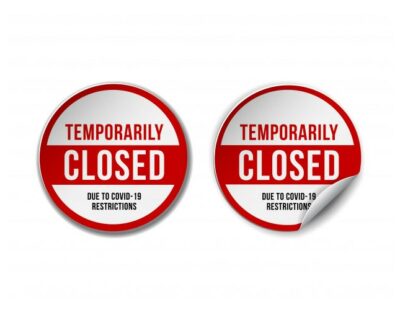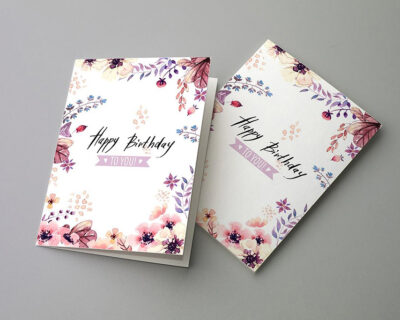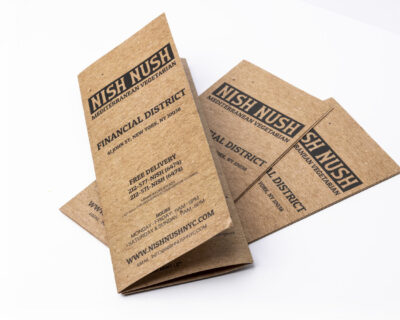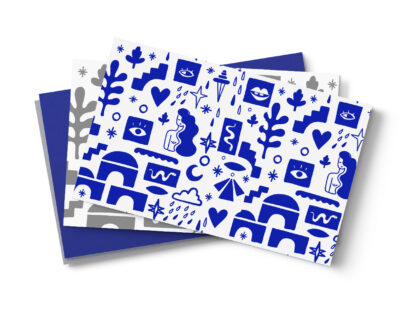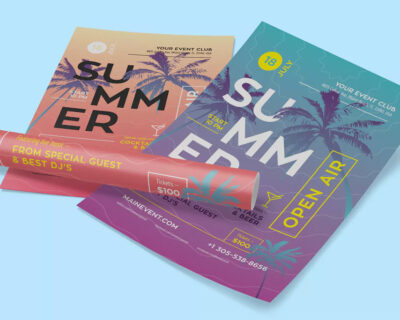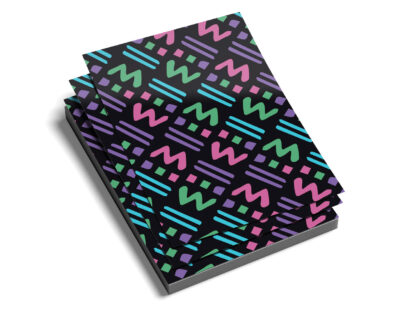Frequently Asked Questions
Is wheat pasting posters illegal?
While the legality of wheat pasting posters can vary by location, it is generally considered illegal in many areas without proper authorization due to its potential to damage property and infringe upon local ordinances.
Is wheat paste vandalism?
While wheat paste itself is a common adhesive used in various arts and crafts, its unauthorized application on public or private property for the purpose of displaying artwork or posters can indeed be considered vandalism under many jurisdictions.
Is wheat pasting art illegal?
While wheat pasting art itself is not inherently illegal, it may be considered as such if it involves defacing public or private property without permission, as this constitutes vandalism under many jurisdictions.
Can you get in trouble for putting posters up?
Yes, you can potentially face legal consequences for putting up posters without obtaining the necessary permissions or adhering to local regulations and ordinances.
What should you avoid in a poster?
In creating a poster, you should avoid cluttered design, excessive text, poor quality images, and inappropriate color combinations as these can detract from the message you intend to convey.
Is it legal to make a wanted poster?
While creating a ‘wanted’ poster is not inherently illegal, it’s crucial to ensure that its use doesn’t infringe on anyone’s privacy rights or lead to defamation, as these actions could potentially result in legal consequences.
Is it illegal to print posters for personal use?
No, it is not illegal to print posters for personal use as long as they do not infringe on any copyrights or trademarks.
How much does flyposting cost?
The cost of flyposting can vary significantly based on factors such as the size and quantity of posters, location, and duration of the campaign, but typically, it ranges from a few hundred to several thousand dollars.
How strong is wheat paste?
Wheat paste is renowned for its exceptional adhesive strength, which can be compared to commercial glues, making it a reliable choice in various printing and crafting applications.
Can I make posters and sell them?
Yes, you certainly can create and sell your own posters, provided you ensure all content used is either original or appropriately licensed for commercial use.
What is a wheatpaste poster?
A wheatpaste poster is a type of street art that utilizes a simple adhesive made from flour and water to affix large-scale, often hand-drawn or printed graphics to public surfaces.
How long does wheat paste poster last?
Typically, a wheat paste poster can last anywhere from several weeks to a few months, depending on environmental conditions such as weather and humidity.
How long does wheat paste last?
Typically, wheat paste can last up to 5 days when stored in a refrigerator under optimal conditions.
What kind of paper do you use for wheat paste?
For wheat paste projects, it is advisable to use porous paper types such as newsprint or butcher paper, as they absorb the paste well and adhere strongly to surfaces.
What is wheatpaste made of?
Wheatpaste is primarily composed of wheat flour or starch mixed with water, creating a gel-like adhesive suitable for various printing applications.
Are flypostings legal?
In most jurisdictions, flyposting is considered illegal due to its potential to infringe upon public or private property rights and contribute to visual pollution.
Is wheatpasting graffiti?
Yes, wheatpasting is indeed a form of graffiti, often characterized by the use of homemade adhesive made from wheat flour or starch to affix artwork or posters to public surfaces.
What is an alternative to wheatpaste?
An excellent alternative to wheatpaste is methylcellulose, a plant-based adhesive that is non-toxic, easy to use, and provides a strong bond similar to wheatpaste.
What is the best flour for wheat paste?
The optimal choice for wheat paste is unbleached all-purpose flour due to its superior adhesive properties and ease of use.
What size is wheatpasting?
Wheatpasting, as a form of street art, does not have a standard size and can range from small posters to large-scale murals covering entire building facades.
Can you wheatpaste in the rain?
While it is technically possible to wheatpaste in the rain, the moisture can significantly affect the adhesion process and overall quality of the result, hence it is not recommended.
Why is it called a 6 sheet poster?
The term “”6 sheet poster”” originates from the traditional print industry where it was initially printed on six individual sheets of paper, hence its name.
What is wheatpasting art?
Wheatpasting art is a form of street art that involves creating artwork on paper and then using a paste made from wheat flour or starch to adhere the artwork to walls, buildings, or other public surfaces.
What is the best paste for posters?
The best paste for posters is wheatpaste, due to its strong adhesive properties and ease of use, making it the preferred choice for both professional and amateur poster applications.
Does wheat paste attract bugs?
Indeed, wheat paste can attract bugs due to its organic composition which serves as a potential food source for various insects.
What is the best container for wheatpaste?
The optimal container for wheatpaste is a sealable, airtight plastic or glass container that can effectively prevent the paste from drying out and maintain its consistency over time.
Do you have to boil wheat paste?
Yes, for optimal consistency and adhesion, wheat paste should indeed be boiled during its preparation process.
What is the best flour for wheatpaste?
The optimal choice for wheatpaste is unbleached all-purpose flour due to its superior adhesive properties and easy availability.
Does wheat paste smell?
While wheat paste does have a distinct, slightly sweet aroma when wet, it typically becomes odorless once it has dried completely.
How do you preserve wheat paste?
To preserve wheat paste, store it in a tightly sealed container in the refrigerator, ensuring it’s used within a week to maintain its adhesive properties and prevent spoilage.
How thick should wheat paste be?
The consistency of wheat paste should ideally be similar to that of a creamy soup, neither too thick nor too thin, to ensure optimal adhesion and ease of application.
How do you make wheat paste in the microwave?
To make wheat paste in the microwave, combine equal parts of wheat flour and water in a microwave-safe bowl, stir until smooth, then heat it on high for 30 seconds intervals, stirring after each interval until you achieve a smooth and thick consistency.
What paper is best for wheatpaste poster?
For optimal results with wheatpaste posters, we recommend using a durable, absorbent paper such as blue-back poster paper or uncoated bond paper, both of which are known for their excellent adhesion and longevity when pasted outdoors.
How long do wheatpaste posters last?
Typically, wheatpaste posters can last anywhere from a few weeks to several months, depending on environmental conditions such as weather and humidity.
Should posters be matte or glossy?
Whether to choose matte or glossy finish for your posters largely depends on the intended use and aesthetic preference; matte offers a non-reflective surface suitable for reading and detailed graphics, while glossy finish provides a shiny, vibrant effect that can make colors pop.
Does wheat paste go bad?
Yes, wheat paste can indeed go bad over time, especially if not stored properly under cool and dry conditions.
Can you wheat paste with any paper?
Yes, you can use wheat paste with any type of paper as it adheres well to various surfaces and is compatible with different paper materials.
What is the standard wheat paste poster size?
The standard size for a wheat paste poster is typically our 24×36 size.
What weight paper is best for wheat pasting?
For optimal results in wheat pasting, it is recommended to use ultra thin paper. Our trademarked wheatpaste posters® paperstock is a 100lb thin paper with coating specifically between 80 to 100 GSM (Grams per Square Meter), as it provides the right balance of durability and flexibility.
What is the best material to print posters?
The optimal material for printing posters is typically high-quality, heavyweight paper such as gloss or semi-gloss finish paper, due to its durability and ability to showcase vibrant colors effectively.
How do you waterproof a paper poster?
To waterproof a paper poster, apply a layer of clear acrylic spray or laminate it with a waterproofing material, ensuring full coverage to protect it from moisture damage.
